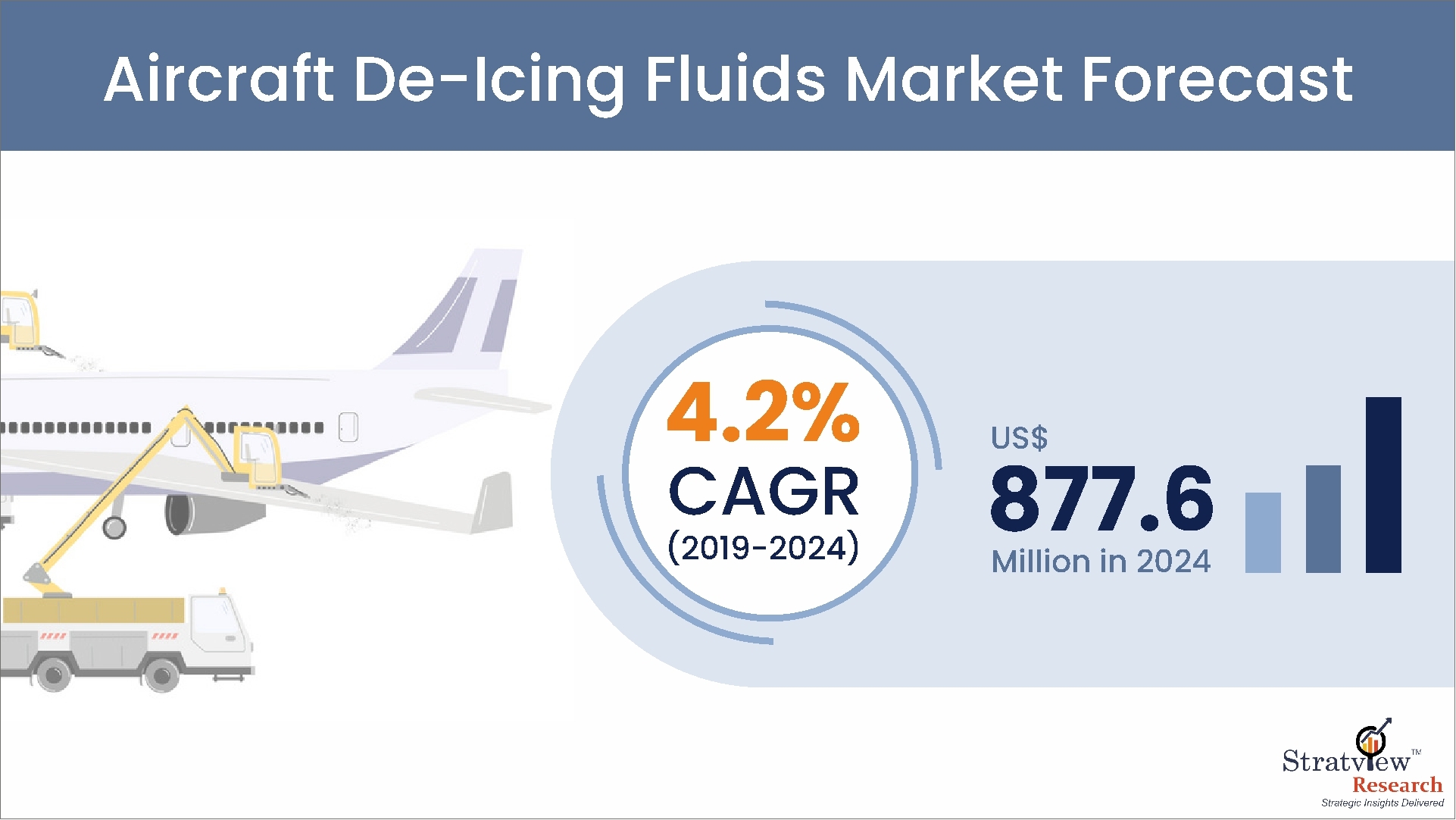The Role of Aircraft De-Icing Fluids in the Aviation Industry

Ensuring Safe Flights During Winter Months
When snow and ice accumulate on an aircraft’s wings and tail, it can severely affect its ability to fly. To avoid this, aircraft de-icing fluids are applied to remove ice and prevent further buildup, ensuring the aircraft maintains optimal aerodynamic performance.
The Aircraft De-Icing Fluids Market plays a vital role in the aviation industry, particularly in regions that experience cold weather. According to Stratview Research highlights that the Aircraft De-Icing Fluids Market is expected to grow at a CAGR of 4.2%, reaching a market size of USD 877.6 million by 2024, largely driven by technological advancements.
Learn what’s next for Aircraft De-Icing Fluids Market. Get your sample report today:
https://stratviewresearch.com/Request-Sample/350/Aircraft-De-Icing-Fluids-Market.html#form
Why De-Icing Fluids Are Critical
De-icing fluids serve a dual purpose: removing existing ice and preventing new ice formation during flight. They are essential for maintaining the safety of both passengers and crew, as well as ensuring that flights are not delayed due to weather conditions.
De-icing fluids are typically made from water, glycol, and other additives that allow them to flow over aircraft surfaces, breaking the bond between ice and the aircraft. There are different types of de-icing fluids available, with Type I fluids being primarily used for removing ice, while Type II, III, and IV fluids are designed for longer-lasting protection.
Market Drivers
- Increase in Air Traffic: The rise in global air travel, especially in countries with harsh winters, is driving the demand for de-icing fluids. As airlines increase their operations in colder regions, they require more de-icing fluids to ensure safe and efficient flights.
- Technological Advancements: The development of more efficient, eco-friendly, and cost-effective de-icing fluids is contributing to market growth. Advances in bio-based de-icing fluids are reducing environmental impact while maintaining the same level of safety.
Challenges Facing the Industry
- High Costs: The costs associated with de-icing fluids and labor can be significant for airlines and airports. Developing cost-effective, high-performance fluids is key to meeting market demands without sacrificing safety.
- Environmental Impact: The toxicity of traditional de-icing fluids has raised concerns about their environmental effects. As a result, the industry is focused on developing safer, biodegradable alternatives.
Conclusion
Aircraft de-icing fluids are indispensable for ensuring safe operations during winter months. As the aviation industry continues to grow, the demand for efficient, sustainable de-icing solutions will increase, shaping the future of the Aircraft De-Icing Fluids Market.
- Questions and Answers
- Opinion
- Motivational and Inspiring Story
- Technology
- True & Inspiring Quotes
- Live and Let live
- Focus
- Geopolitics
- Military-Arms/Equipment
- Art
- Causes
- Crafts
- Dance
- Drinks
- Film/Movie
- Fitness
- Food
- Oyunlar
- Gardening
- Health
- Home
- Literature
- Music
- Networking
- Other
- Party
- Religion
- Shopping
- Sports
- Theater
- Wellness
- News
- Culture

